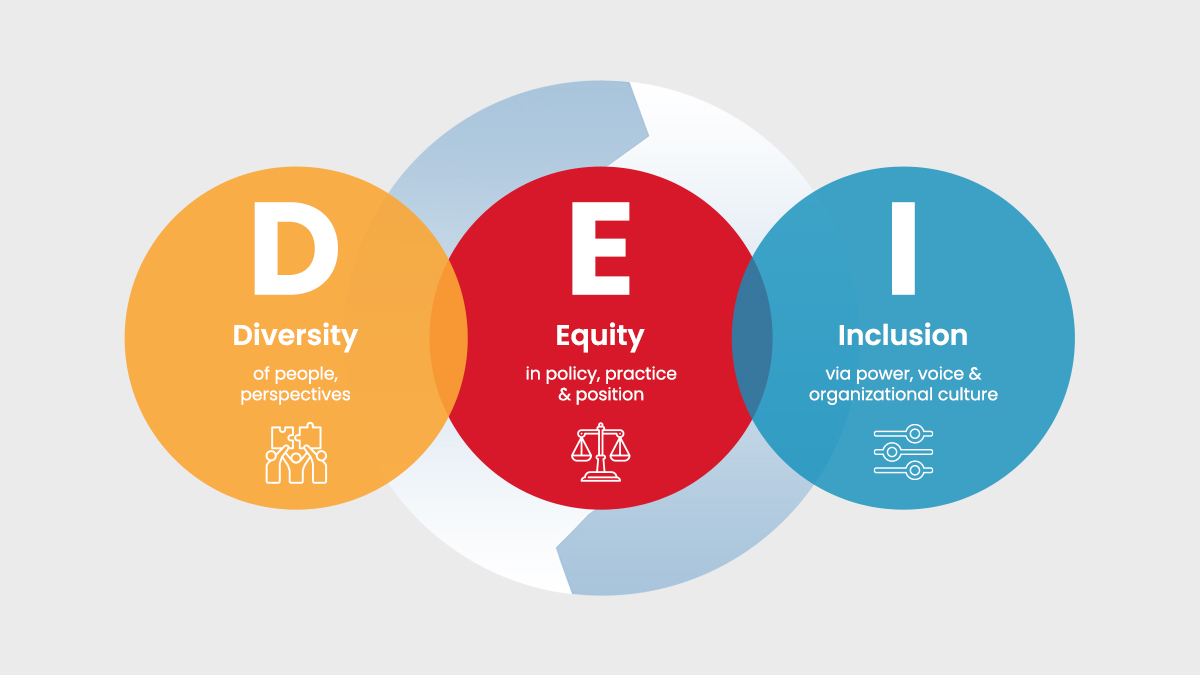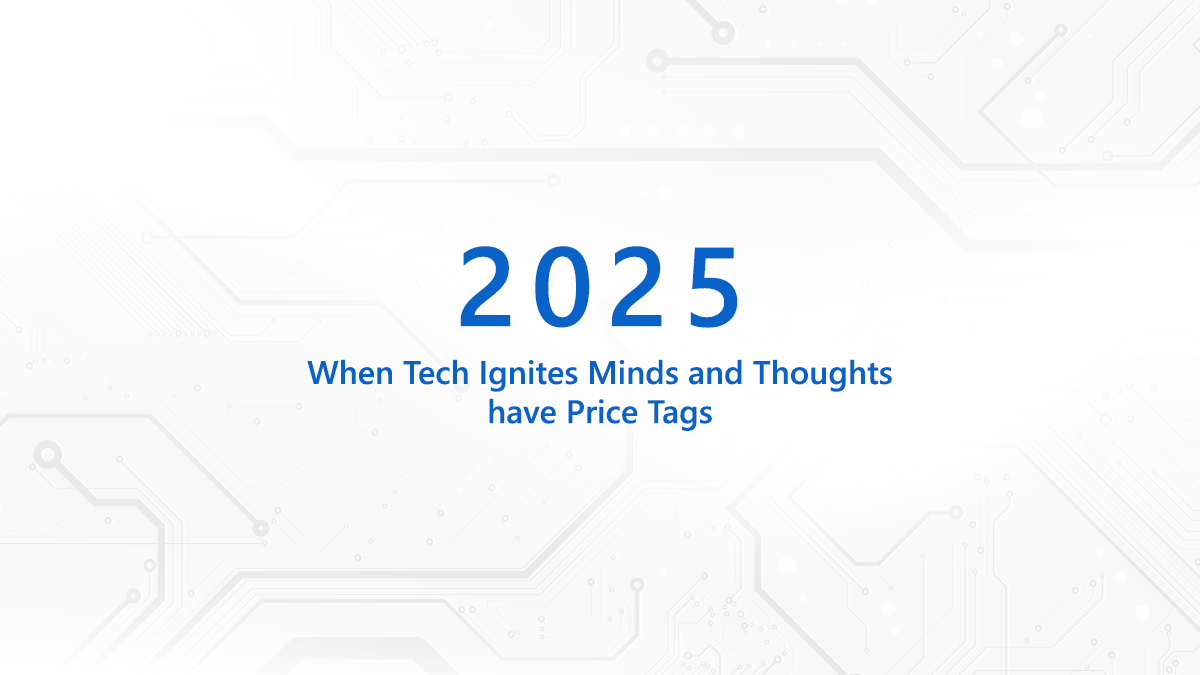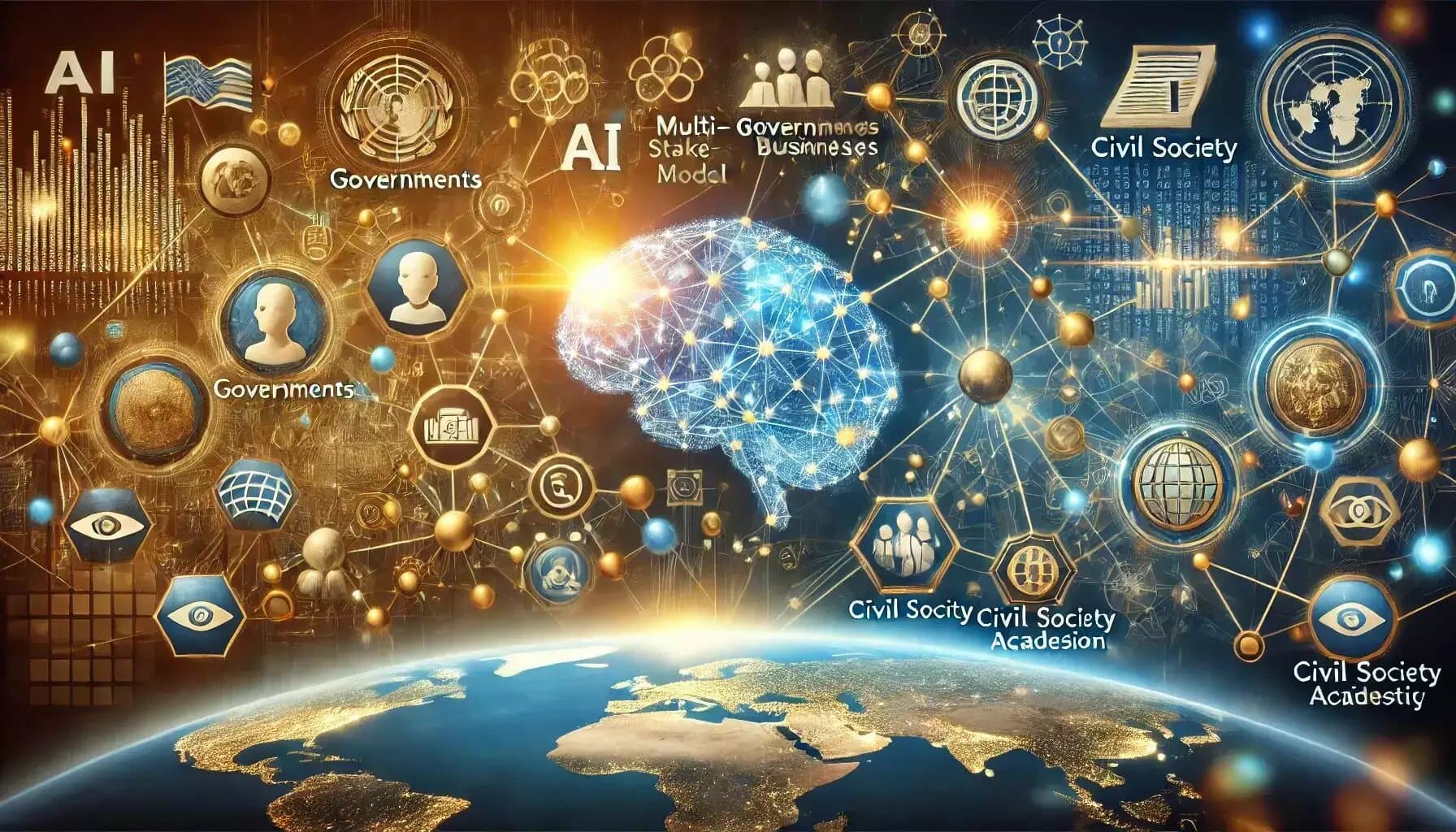
Think of the days when there was no chorus for Ease of Doing Business (EoDB). A large part of the economy was not fully unfettered and procedures were complicated. Entrepreneurs and project heads of factories would recall the drill they took to keep their units running. One of the visible irritants was the sight of the inspector doing a recce of any industrial unit at will. In the pre globalization-liberalization regime, inspections of industries were arbitrary and unstructured. This system is reforming as nations and states within nations compete to ascend the EoDB ladder. Today, having a synchronized inspection framework eases business regulations and brings in transparency and accountability in the process.
The Need for Inspecting Industries and Challenges
Inspection of industrial units is done for an array of reasons- registration and licensing, renewal of licenses and certification of factories and boilers. The surveillance is needed to improve working conditions of factories and ensure safety and well-being of industrial workers. The challenge, however, is that most government led inspections happen in silos. Due to the lack of a synchronized approach, the industrial units have grievances over the ambiguity, duplication and overlapping mandates of multiple inspection authorities. This situation arises since industries face multiple visits from different authorities who superintend on the same thing and at times, give contradicting reports. This needs to be avoided since any aberration found during the course of inspection can lead to total shutdown of a factory or cancellation of license.
A synchronized inspection system for industrial units eases business regulations, boosts EoDB and strengthens government oversight by enhancing transparency and accountability in processes.#IndustrialAutomation #DigitalTranformation #EoDB https://t.co/cz7dwC9WSK
— Priyadarshi Nanu Pany (@NanuPany) March 23, 2021
Inspection Reforms to Roll Ahead the EoDB Juggernaut
A suite of industrial inspection reforms creates both a congenial atmosphere for businesses to operate and strengthens government oversight. Some Indian states are buying in this new wave of reforms. Andhra Pradesh, for instance, has brought all inspections under the ambit of a Central Inspection Portal, enabling centralized scheduling, inspector allocation and monitoring to minimize interruptions to businesses. The state has exempted low risk industries from inspections while introducing self-certification for units in the medium risk category. Telangana, has walked many yards beyond in reforms by introducing self-certification for companies in the medium risk category. Further, it has eased the overall compliance burden on industrial units. A total of 623 compliances that earlier had to be checked and verified will now just be deemed to be complied by the factory management.
Automated Inspection Management for Business Confidence
An end-to-end inspection management system can fill in the voids of manual verification by connecting processes and offering a synchronized framework. The system can perform manifold functions- registration of industries by their type, location and size of investment and tag the relevant government departments, risk based segregation of industries, auto generation of inspection schedules, information on scheduled inspections to both inspectors and industries and availability of online reports within 48 hours of inspections.
Such a system ensures that the same inspector does not inspect the same unit for two consecutive occasions. Also, there is an in-built mechanism for an industry to submit feedback. There is a Standard Operating Procedure (SoP) for detailed inspection and no human intervention is involved in the selection of units for inspection. With its inherent strengths to synchronize inspections and making sure they are completed on schedule, automated inspection management can emerge as the global best practice, boosting EoDB and creating a more investor friendly ecosystem. More than replacing the ‘pen and paper’ inspection, a connected system weaves a ‘Digital Transformation’ in the government’s perception of how industrial ecosystems run.
The article was first posted on Medium by Priyadarshi Nanu Pany, CEO of CSM Technologies.


























































We will verify and publish your comment soon.